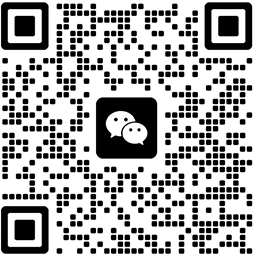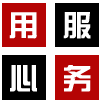大家好,我们又见面了啊~本文《golang graphql 使用子图迭代地图》的内容中将会涉及到等等。如果你正在学习Golang相关知识,欢迎关注我,以后会给大家带来更多Golang相关文章,希望我们能一起进步!下面就开始本文的正式内容~
问题内容
最近我尝试使用 golang 作为 graphql 服务器来实现突变请求,基本上这是我发送的查询:如您所见,它是一个对象数组,其中包含 name 和字符串数组
mutation{
celltest(cells:[{name:"lero",child:["1","2"]},{name:"lero2",child:["12","22"]}]){
querybody
}
}
在我的 go 代码中,我有一个类型对象,它将设置发送的值
type cell struct {
name string `JSON:"name"`
child []string `json:"child"`
}
和一个自定义数组,它将是 []cell
type cells []*cell
但是,当 go 收到请求时,我得到以下信息: 请注意,这是 cellsinterface
的打印内容
[地图[子项:[1 2] 名称:lero] 地图[子项:[12 22] 名称:lero2]]
如何获取每个值并将其分配到我的数组单元中 像这样的东西:
单元格[0] = {name="first",child={"1","2"}} 细胞[1] = {name =“第二”,child = {“你好”,“好”}}
这是我当前的尝试:
var resolvedCells Cells
cellsInterface := params.Args["cells"].([]interface{})
cellsByte, err := json.Marshal(cellsInterface)
if err != nil {
fmt.Println("marshal the input json", err)
return resolvedCells, err
}
if err := json.Unmarshal(cellsByte, &resolvedCells); err != nil {
fmt.Println("unmarshal the input json to Data.Cells", err)
return resolvedCells, err
}
for cell := range resolvedCells {
fmt.Println(cellsInterface[cell].([]interface{}))
}
然而,这只将单元格数组分成 0 和 1。
解决方案
对结果中的地图值进行范围划分,并将这些值附加到单元格切片中。如果你从 json 获取一个对象。然后您可以将字节解组到 cell 中。
解组时的结果应该是 cell 结构的切片
var resolvedcells []cell
if err := json.unmarshal(cellsbyte, &resolvedcells); err != nil {
fmt.println("unmarshal the input json to data.cells", err)
}
fmt.println(resolvedcells)
Go playground上的工作代码
或者,如果您想在resolvedcell上使用指针循环
type Cells []*Cell
func main() {
var resolvedCells Cells
if err := json.Unmarshal(cellsByte, &resolvedCells); err != nil {
fmt.Println("unmarshal the input json to Data.Cells", err)
}
fmt.Println(*resolvedCells[1])
for _, value := range resolvedCells{
fmt.Println(value)
fmt.Printf("%+v",value.Child) // access child struct value of array
}
}
Playground example
到这里,我们也就讲完了《Golang graphql 使用子图迭代地图》的内容了。


